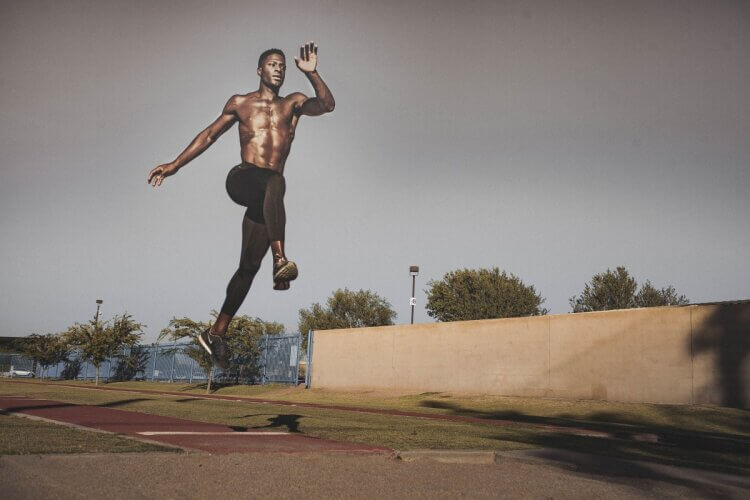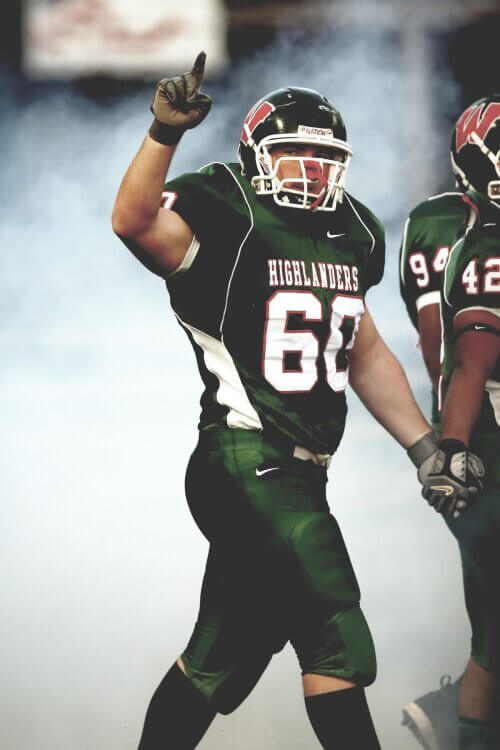(3 minute Read)
When I study confidence, I always come away with two distinct themes and one troubling thought. First, it is obvious that confidence is important, so important that even when we are tricked into making it, we perform better (Vealey & Chase, 2008). Second, it is almost always described as a feeling (Burton & Raedeke, 2008; Vealey & Chase, 2008; Zinsser, Bunker, & Williams, 2010). The part that always troubled me was why we would leave something so important up to how we feel about it. After all, the only time confidence matters is when it is tested and in most cases, we are going to be tested regardless of how we feel about it.

Instead, let’s consider a practical approach to ensure that we can accurately predict how well we will do despite how we feel about it. In order to do so, we should consider confidence as the result of an interaction between our preparation and competence (Vealey & Chase, 2008). Doing so makes it easier to understand and apply in any situation. The process of breaking down both preparation and competence into workable parts helps us understand how the two interact and gives us a mental checklist to use at the moment we need it most.

The Three Aspects of Preparation
From my experience working with performers, the three aspects of preparation that affect confidence the most are physical, social, and emotional. We need to determine how well our current fitness matches the task and we also need to know what equipment, that we know how to use, will help us the most. We should reflect on who we are working with, against, and who is watching, and determine what these three mean to us at the moment. While it is important to know what we are feeling, it is more important to know why we are feeling that way. Everyone feels nervous. The best performers see it as a ready signal, while the rest see it as a gateway for doubt. Preparing physically, socially, and emotionally increases the ready signal and decreases the doubt. For example, if I’m a baseball pitcher I’ll assess how many pitches I’m capable of throwing today (eg, physical) and will talk with my catcher about the other team’s hitters (eg, social) then consider how I’ They’ll feel (eg, emotional) about our plan to get them out.

The Three Aspects of Competence
Consider the three aspects of competence as skill, technique, and strategy (Lazarus & Folkman, 1984). Think of skills as problem solvers and pick the ones we are best at that will handle the task. Techniques are varied applications of skills that allow us to be flexible enough to meet the demands of the test, but not so flexible that we find ourselves trying things we have not practiced. Strategies are approaches to solving problems. We will have a stronger sense of control when we have more than one. As the baseball pitcher, I’ll choose to focus on my command (eg, skill selection) if I think I won’t be able to throw very many pitches then I’ll decide which pitches to throw (eg, techniques) in certain counts and situations (eg, strategies) to get the hitters out.

Three-Step Mental Checklist
The following three-step mental checklist for preparation helps us make better decisions about our competence.
- Does our assessment of our physical fitness help us determine which skills or techniques will work best for us and does our equipment inform our strategy development?
- Do we understand the meaning of who we are working with, against, and who is watching to help us determine our techniques and strategies?
- Do we prepare for the emotions we may experience to help us align our skills, techniques and strategies with the goals of the task at hand?

Practical Confidence
Our confidence will only matter when there is something at stake. Instead of leaving our performance up to the chance that we might feel good about it when it matters, we can train ourselves to be confident with a simple checklist. With a little practice, we can understand how our preparation and competence can work together to create realistic expectations for anything we encounter. When we choose our best skills and techniques based on our physical and social assessments, then balancing our emotional expectations with sound strategies allows us to be ready for any moment.
This article was originally published in PHE America on June 14, 2020.
References
Burton, D., & Raedeke, TD (2008). Sport psychology for coaches. Champaign, IL: Human Kinetics.
Lazarus, RS, & Folkman, S. (1984). Stress, appraisal, and coping. New York: Springer Publishing.
Vealey, RS, & Chase, MA (2008). Self-confidence in sports. In TS Horn, Advances in Sport Psychology (pp. 65-97). Champaign, IL: Human Kinetics.
Zinsser, N., Bunker, L., & Williams, JM (2010). Cognitive techniques for building confidence and enhancing performance. In J.M. Williams, Applied sport psychology: Personal growth to peak performance (pp. 305-335). New York: McGraw-Hill.
